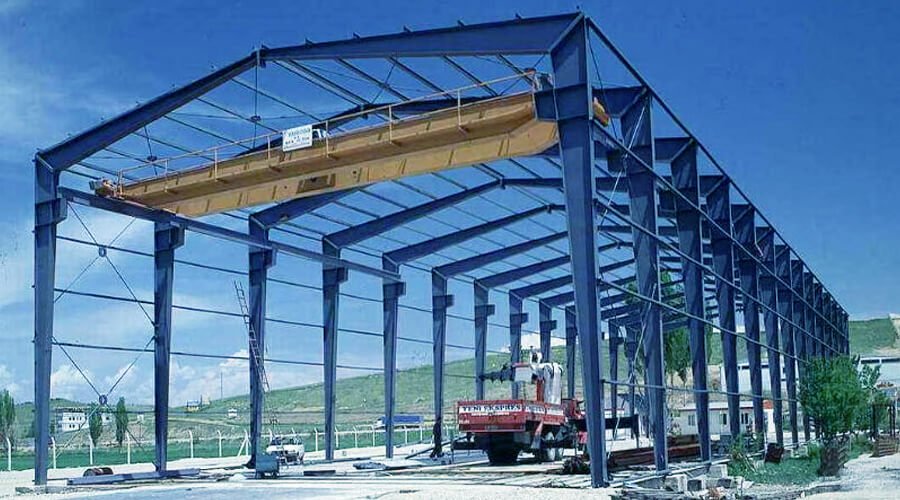In recent years, the construction industry has witnessed a significant shift towards Pre-Engineered Buildings (PEBs). These structures have gained popularity due to their numerous benefits, including speed, efficiency, and cost-effectiveness. In this blog post, we’ll delve into the world of PEBs, exploring their definition, advantages, applications, and future prospects.
What are Pre-Engineered Buildings?
Pre-Engineered Buildings are factory-built structures composed of steel frames, columns, and beams. They are designed and fabricated off-site, then assembled on-site, reducing construction time and minimizing waste. PEBs can be customized to suit various needs, from industrial warehouses to commercial office spaces.
Advantages of Pre-Engineered Buildings
- Speed: PEBs can be constructed in a fraction of the time required for traditional buildings, making them ideal for projects with tight deadlines.
- Cost-Effectiveness: Pre-Engineered Buildings reduce material waste, labor costs, and construction time, resulting in significant cost savings.
- Durability: PEBs are built to last, with high-quality steel frames and robust structures that can withstand harsh weather conditions.
- Flexibility: Pre-Engineered Buildings can be easily expanded or modified to accommodate changing needs.
- Sustainability: PEBs are eco-friendly, with many components being recyclable and reusable.
Applications of Pre-Engineered Buildings
- Industrial: Warehouses, factories, and manufacturing facilities
- Commercial: Office buildings, shopping centers, and retail spaces
- Infrastructure: Airports, hospitals, and government buildings
- Residential: Homes, apartments, and condominiums
Benefits for Various Industries
- Industrial: Increased storage capacity, efficient operations, and reduced maintenance costs.
- Commercial: Enhanced aesthetics, improved functionality, and reduced energy consumption.
- Infrastructure: Rapid construction, durability, and low maintenance.
Future Prospects
The demand for Pre-Engineered Buildings is expected to grow significantly in the coming years, driven by:
- Infrastructure development
- Industrial expansion
- Sustainable building practices
Conclusion
Pre-Engineered Buildings have revolutionized the construction industry, offering a faster, more efficient, and cost-effective alternative to traditional building methods. As the demand for sustainable and durable structures continues to rise, PEBs are poised to play a vital role in shaping the future of construction.



